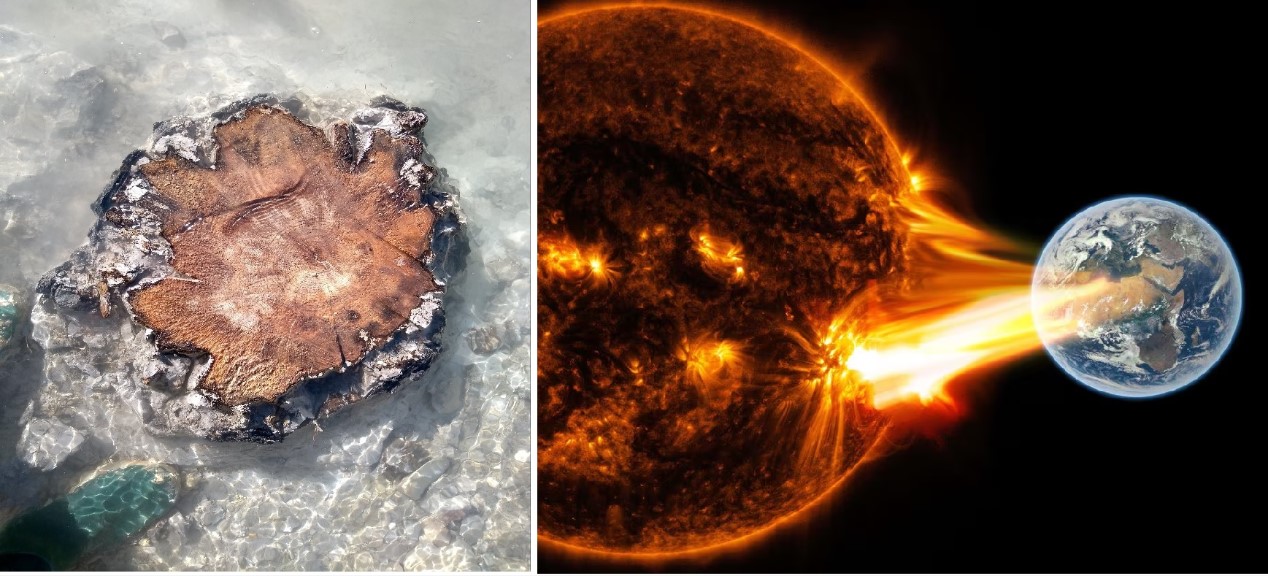Trees Hide Clues to Largest Solar Storm that Hit Earth 165 years ago

Science News
World
Researchers have recently uncovered a significant breakthrough in understanding solar storms, particularly the historic Carrington Event of 1859. Through the analysis of radiocarbon concentrations in tree rings from Lapland, scientists have gained valuable insights into the effects of one of the largest recorded solar storms and its implications for future geomagnetic disturbances.
The Carrington Event, renowned for its striking aurora and disruption to telegraph systems globally, has long fascinated scientists. However, the ability to study medium-sized storms like this using radiocarbon dating has been limited until now.
A collaborative effort involving the University of Helsinki, Natural Resources Institute Finland, and the University of Oulu has led to the detection of an increase in radiocarbon concentrations in tree rings following the Carrington storm. This marks the first time such an observation has been made, providing a new avenue for investigating solar storm frequencies and their impacts on Earth.
Solar storms arise from interactions between solar plasma flows and Earth's geomagnetic field, resulting in phenomena such as aurorae. High-energy particles from these storms can generate radiocarbon (14C) in the upper atmosphere, which is then absorbed by plants through photosynthesis, leaving a trace in annual tree rings.
By analyzing these rings, researchers can trace back and study past solar events.
Markku Oinonen, Director of the University of Helsinki’s Laboratory of Chronology, underscores the significance of radiocarbon as a cosmic marker capturing phenomena related to Earth, the solar system, and outer space.
This discovery holds crucial implications for understanding solar behavior and its potential disruptions to modern technology, including electrical and mobile networks, satellites, and navigation systems.
The study utilized a dynamic atmospheric carbon transport model developed by researchers at the University of Oulu to interpret the results, revealing geographical variations in radiocarbon distribution.
The findings indicate that the excess radiocarbon from the Carrington Event was primarily transported to the lower atmosphere through northern regions, challenging previous assumptions about its movement.


